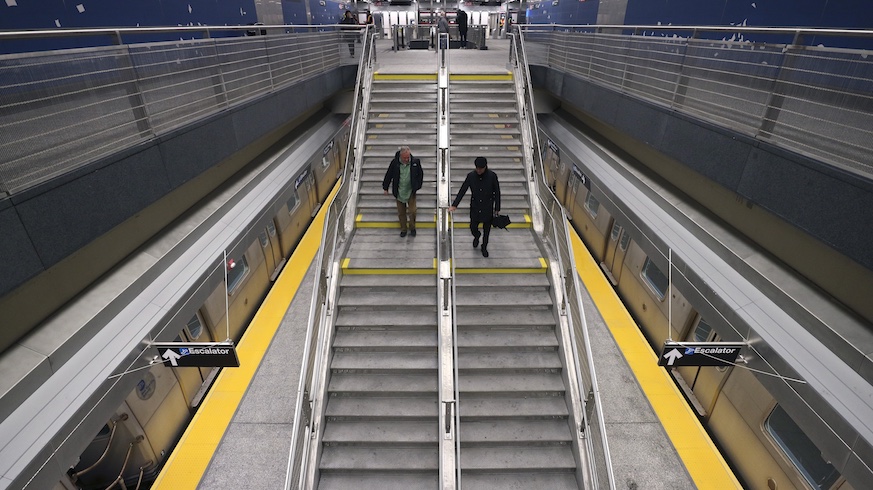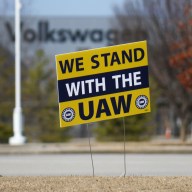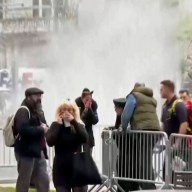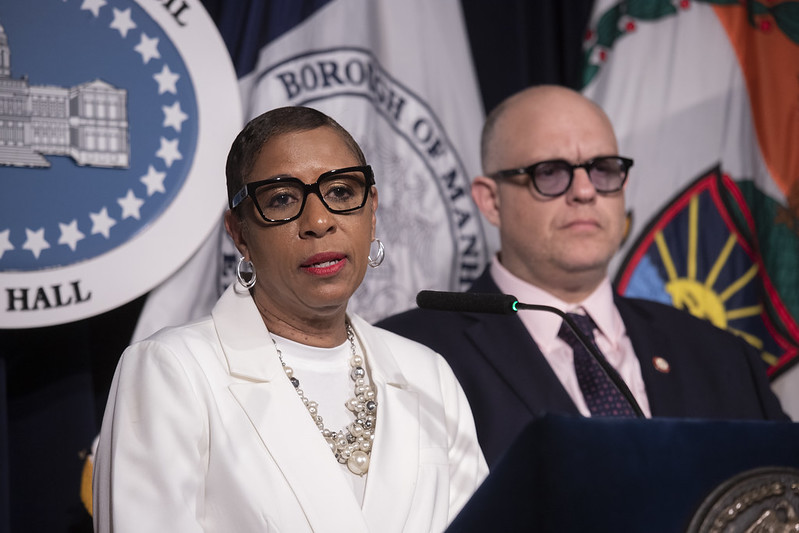The recently released Federal Transit Administration (FTA) FY 2019 New Starts Report provides interesting insight into several locally competing projects seeking federal funding from the same source. President Trump proposes eliminating this program and reassigning funding toward his proposed $1.5 Trillion ten year infrastructure program.
This new program would provide $200 billion in federal funds over ten years. Uncle Sam would provide 20% of project costs.
Washington hopes these funds will leverage other city, state and private investments to cover the remaining 80% project costs. There will be negotiations between the White House and Congress on this proposal which will probably result in some sort of compromise.
The FTA New Starts program may end up preserved but funded at a reduced annual level. It is doubtful that funding would be increased. Existing Full Funding Grant Agreements (FFGA) will continue to be honored. Competition for remaining dollars to support new projects seeking FFGA will be more intense. Projects such as the $1.6 billion Portal Bridge, $13.2 billion Hudson River Gateway Tunnel and $6 billion Second Avenue Subway Phase Two will be competing against each and others sponsored by Governors, Senators, Congress members and transit agencies from 48 other states. This will result in fewer winners and far more losers.
Justification for replacement of the Northeast Corridor Portal Bridge has been discussed since the 1980’s. It is really the first phase of the $29 billion Gateway Tunnel project. Numerous New Jersey Transit commuter rail lines, along with Amtrak, pass over the 100 year old Portal Bridge to access existing Hudson River tunnels and Penn Station.
The project has been in the development stage since July 2016. Environmental review process was completed in July 2017. The Gateway Development Corporation is seeking entry into Engineering along with approval of a FFGA in 2018. The $1.56 billion cost would be comprised of $772 million New Starts, $119 million Federal Highway Administration Congestion Mitigation and Air Quality dollars transferred to FTA and $682 million in local dollars. Completing both final design and engineering along with approval of a FFGA within 12 months appears overly optimistic. This is based upon past history of other New Starts projects. Final design and engineering completion in 2019 with an approved FFGA assuming funding availability in 2020 is more realistic.
NJ Transit, on behalf of the Gateway Development Corporation for the full $29 billion Gateway Tunnel project, is managing the environmental review process. This began with publication of a draft Environmental Impact Statement in June 2017. NJ Transit anticipates completion of the environmental review process in March 2018. This would be followed by permission to enter the Engineering phase by June 2018 with approval of a FFGA in early 2019. The total $13.6 billion funding package would be made up by $6.7 billion New Starts, $3.6 in Federal Rail Road Administration Rehabilitation and Improvement loans and $3.1 billion in Port Authority and other sources including “project revenues.” This FFGA schedule is known as “Fast Tracking” in the transit industry and is overly optimistic. Completion of final design and engineering may require two or more years resulting in a 2020 date. Approval of a FFGA assuming there are available dollars in 2021 is more realistic. This FFGA would have to be amended at a later date for funding the remaining $14 billion balance of work to pay for the full $29 billion Gateway Tunnel project.
The Gateway Development Corporation case for fully funding the Gateway tunnel is hurt by the lack of significant local dollars from both New York & New Jersey. NY Governor Cuomo $1.75 billion loan from the Federal Rail Road Administration has not been approved. It would have to be paid back by annual debt service payments. NJ Governor Murphy $1.9 billion loan has also not been approved. It would be paid back by a surcharge on riders fares starting in 2021 and ending in 2038. The only real local funding is $1.9 billion provided by the Port Authority. Murphy should use the New Jersey Transportation Trust fund for his share. Cuomo should program funding in his proposed $168 billion 2018 – 2019 budget. The MTA East Side Access FFGA in 2006 provided $2.63 billion in federal funding .
It remains the largest in FTA New Starts history. The odds of a $6.7 billion FFGA for this second phase of Gateway Tunnel are slim. This amount would exceed the total annual authorization and appropriation by Congress and the President for the full national program.
It is interesting that Governors Murphy, Cuomo and the Gateway Development Corporation no longer emphasis the total Gateway Tunnel $29 billion project. They appear to be concentrating on the Portal Bridge and new Hudson River Tunnels portions rather than the full scope and cost of work.
The FTA has made clear they are not enthusiastic about accepting other federal dollars under its New Starts program local share financing requirements. They appear to view this as double dipping using Federal Rail Road Administration funding toward local share to obtain additional dollars from the FTA.
Contrast the Gateway Tunnel project with MTA Second Avenue Subway Phase Two. The MTA completed the environmental review process for all four phases of Second Avenue Subway in 2004. They expect to complete an environmental update in early 2018. The project would then enter the Engineering phase in late 2018 and receive a FFGA in 2020. This schedule is also known as “Fast Tracking” in the transit industry and is overly optimistic. Completion of the environmental process may not occur until late 2018. Completion of final design and engineering may require two to three more years. Approval of a FFGA assuming funding availability in 2021 is more realistic.
The MTA has approved $1,735 billion to support preliminary environmental, design, engineering and utility relocation work for Phase Two north from 96th Street to 125th Street. There is still the need of $4.265 billion in total funding for actual construction of Phase 2. The MTA has to find $2.265 billion in local dollars in the next MTA Five Year 2020 – 2024 Capital Program. This would bring the total local funding commitment up to $4 billion. This is necessary for the MTA to count on any chance of the FTA New Starts program providing $2 billion in additional federal funding for a total of $6 billion. The MTA local share is not dependent on other federal loans, provides more real local dollars and is significantly higher than those supporting the Gateway Tunnel project.
At the transportation funding project Olympics, bet on the following results. Portal Bridge will win Gold, Second Avenue Subway Phase Two will get Silver and Hudson River Tunnels Phase Two may show Bronze. NYCDOT’s Woodhaven Blvd Bus Rapid Transit project at $231 million with a $97 million federal share will be lucky to come in fourth. This may be dependent on any crumbs left over from the New Starts program table after these three and other national projects are funded first.
This report is available on the FTA public website under New Starts. It makes interesting reading for those who wish to have a better understanding of how this federal process works for funding potential projects. You can learn about current status, schedule and budget for these and other competing projects from 48 other states and transit agencies.
Larry Penner is a transportation historian and advocate who previously worked 31 years for the US. Department of Transportation Federal Transit Administration Region 2 NY Office.



















